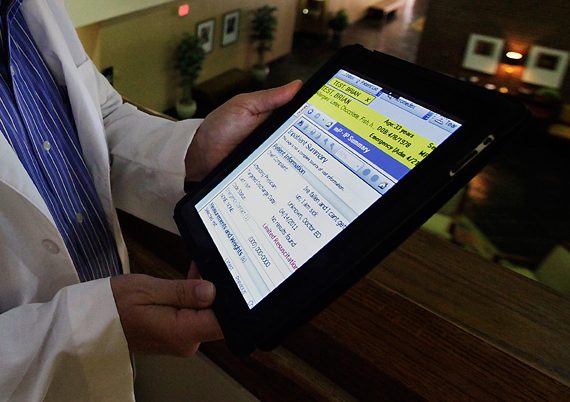Part 2 of 2
One of the most important decisions in any practice is the choice of using an Electronic Medical Record (EMR) and then implementing the system into your practice. In Part 1, I discussed the importance of finding the right EMR for you, as well as ensuring it meets Medicaid and Medicare requirements. But that’s not all you must consider.
Choose an EMR that will adapt to changing workflows and volume as your practice develops.
Read the fine print about adding additional users to the software. It may not seem like a lot to pay a licensing fee for each person or device on your system when there are only a few employees. But these add up as your practice (hopefully) grows! Be wary of companies that charge you for each system adjustment. And include in your contract that features cannot be taken away with future updates. One recent upgrade to my EMR actually removed my ability to run certain marketing reports. When I asked my software company about this, they charged me to reinstate the reports since they now incorporate them in a separate “marketing module” that also had to be purchased!
Consider whether your EMR will use cloud- or server-based memory. If you use a web-or cloud-based system, remember that you will have to provide adequate Internet bandwidth to your office, which may be expensive. On the other hand, servers housed in the office can be noisy, take up space, and require dedicated wiring. Planning ahead to optimize EMR performance will significantly improve office efficiency.
All EMRs will have their strengths and weaknesses. The time and effort you take to learn these in advance can help you select one that best fits your needs. Finding an EMR that is right for your practice can dramatically improve your productivity and documentation. It can also spare you the headaches that can accompany a poor or ill-suited system.

